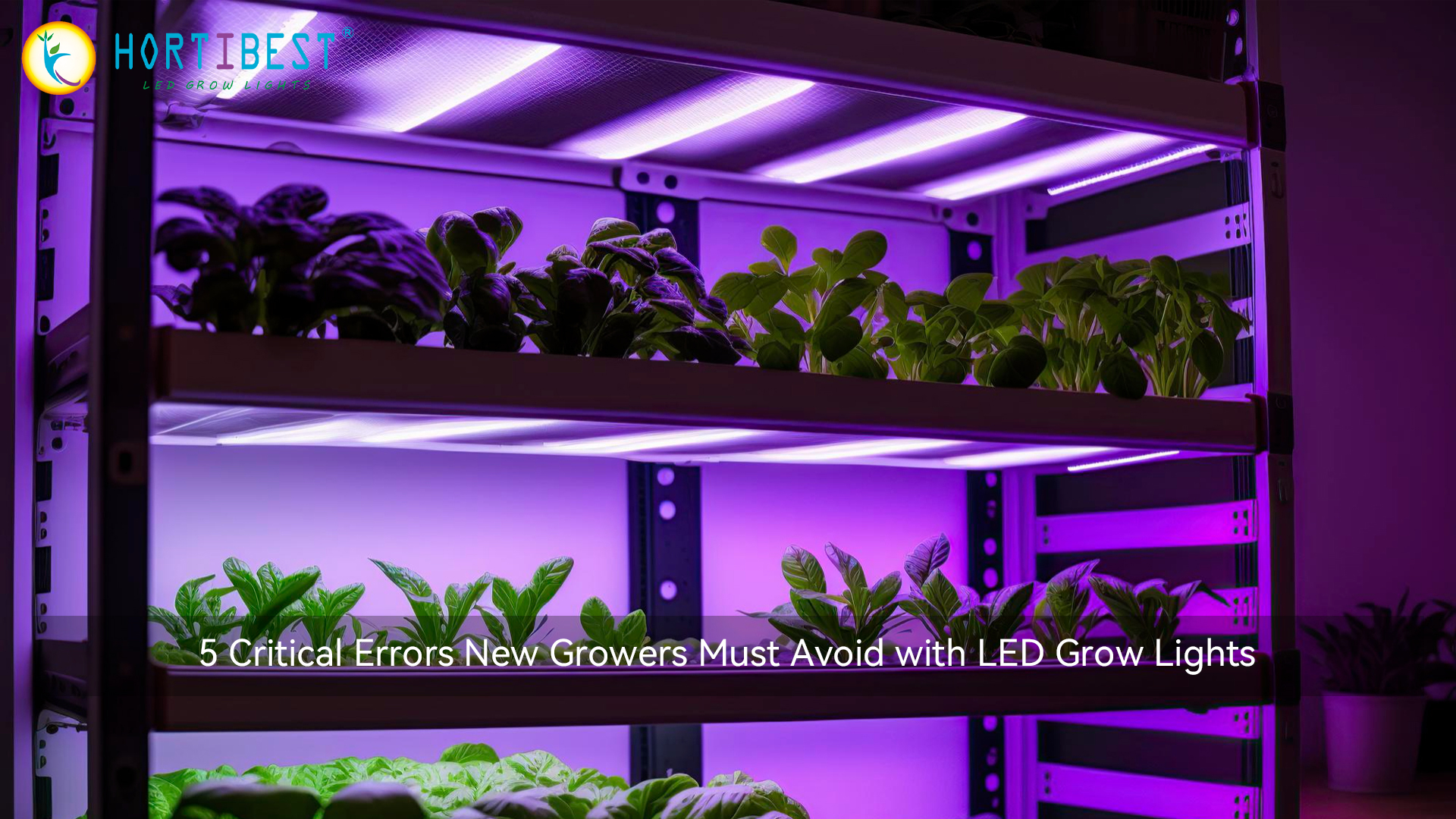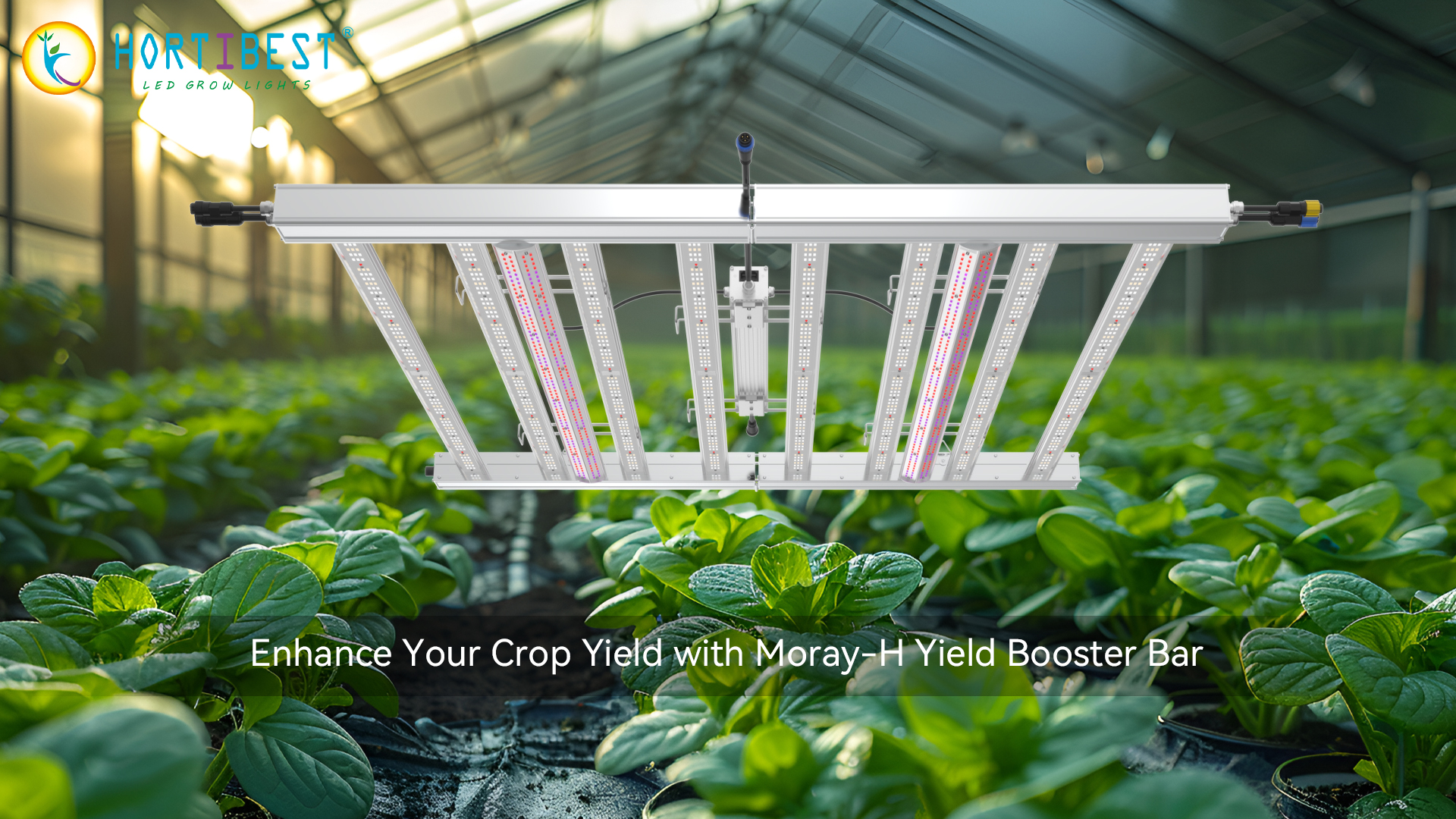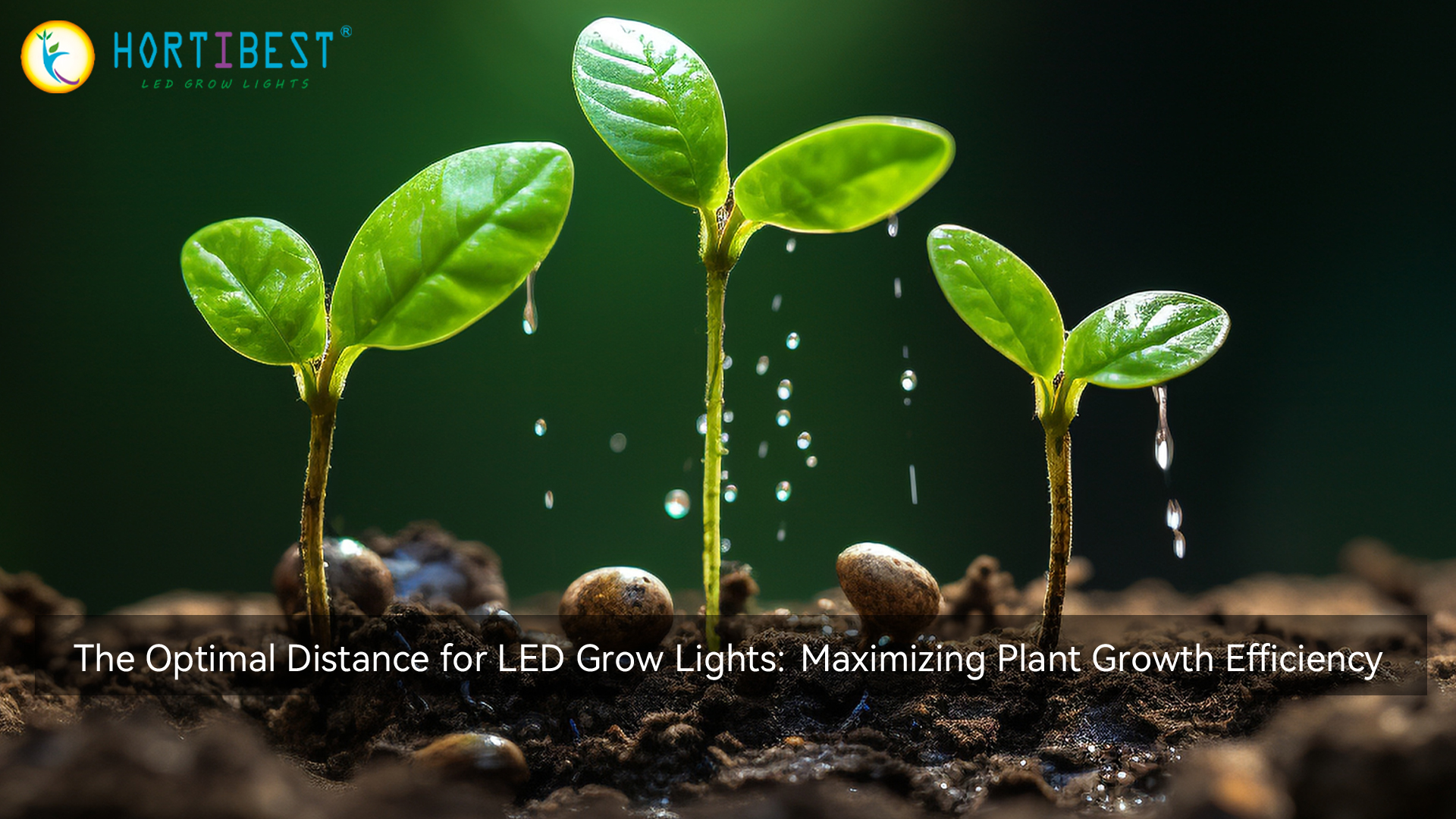Many practices and researches in agricultural production have proved that artificial plant lighting can not only increase crop yield, shorten the planting cycle, but also effectively improve crop quality, which is an important guarantee for efficient modern agricultural production. In the process of seedling cultivation and greenhouse crop management, the use of HPS and LED to supplement light can promote the growth and development of crops, increase yield, change the shape and physiological indicators of crops.
Differences in yield and quality
High yield and high quality of crops are the ultimate goal of planting and cultivation. LED supplemental light can improve the quality of pepper, tomato and eggplant seedlings. The tomato fruit quality and yield per plant increased significantly under the condition of supplementary light for 10 hours. The yield-increasing effect of LED supplementary light is also reflected in cucumber planting. LED can improve the quality of grape fruit. Among them, the blue light treatment has the fastest fruit growth, the fruit single grain quality is higher, and the sugar content is the highest. The ultraviolet light treatment has the largest single grain quality when the fruit is ripe. Similarly, the 70W HPS lamp significantly increased the yield of strawberry per plant, and the yield was increased by 17.9%. HPS lamps and LED grow light have a significant impact on the morphology of plants. The LED side light supplement treatment also improves the visual fruit quality of cucumbers. Adding LEDs on the basis of sodium lamps, compared with only sodium lamps, the color of cucumbers is more vivid.
Morphological index differences
Plant morphology index is an important index in the process of plant growth, especially in seedling production, which determines whether the plant can grow healthily after transplantation. In general, coniferous tree seedlings grown under LED have better growth than HPS lamps.
Under the condition of photoperiod 12h, optical density 50μmol/(m² s), LED red light (630~660nm), orange light (590~610nm), blue light (450~460nm), green light (520~540nm) treatment significantly increased the vigorous seedling index of 'Saitian' tomato seedlings compared with natural light [120μmol/(m²·s)]. After using self-made LEDs to supply light, it was also found that the plant height, stem thickness and leaf area of pepper, tomato and eggplant seedlings increased significantly, and LED inter-plant supplementary light significantly increased the weight per unit area of tomato upper, middle and lower leaves.
When use 61±2μmol/(m²·s) HPS, natural light, and 3 different ratios of red and blue LED lights to supply additional light in the early stage of tomato variety 'Maxifort' in greenhouse, it was found that the tomato leaf area and leaf number under 95% red light + 5% blue light LED are higher than HPS lamps. LED supplementary light is better than HPS lamp in increasing the plant height, stem diameter and leaf area of watermelon grafted seedlings. These results all show that under the appropriate ratio of LED spectrum, plant leaves grow better than that of HPS lamps.
However, rose stem elongation and leaf area were lower under LED, and there was no significant difference in dry weight and fresh weight among several plant treatments, which is consistent with the study of crops and plants that grown under LED light treatment and HPS lamp treatment, such as pepper, tomato, geranium, petunia, and snapdragon seedlings had a similar dry matter content.
The tomato seedling height, leaf number, fresh weight and dry weight under 200μmol/(m²·s) HPS lamp were greater than those under the same light density combination of red and blue LED lights. Moreover, the fresh weight of tomato plants under the alternating illumination of LED and HPS lamps was lower than that of HPS lamps only. And the leaf transmittance and reflectance of leaves under HPS lamps were higher, which also allow the light to reach the canopy better. After a series of comparisons, it was found that the appearance of different test results has a significant relationship with the design of the test method, the LED lighting ratio, temperature, and optical density.
Physiological differences
The content of chlorophyll directly affects the accumulation of photosynthetic products in leaves. Researches indicate that the gas exchange rate and chlorophyll content of conifer seedlings grown under LED are higher than those under HPS. The chlorophyll content of rootstock cotyledon under HPS lamp and LED light for 9-13 days was significantly higher than that of natural light. LED light supplementation is conducive to the accumulation of photosynthetic pigments in cabbage.
5 out of 8 growth trials conducted by Ptushenko, the average photosynthetic pigment content (per unit of leaf area) was higher in plants grown under LED supplemental light than under HPS light.
The content of chlorophyll A and chlorophyll B of tomato seedlings under 200μmol/(m²·s) combination of red and blue LED lights was greater than that of HPS lights under the same optical density. Carotenoids are auxiliary pigments for photosynthesis in chloroplasts, and their function is to consume excess energy in photosystem II (PS II) and protect chlorophyll from damage by strong light. Dlugosz's research shows that supply additional light with HPS lamps will increase the concentration of carotenoids and nitrates in lettuce. The soluble sugar, carotenoid and nitrogen content in the leaves of pepper, tomato and eggplant seedlings all increased to varying degrees under LED supplemental light. The transpiration rate was also accelerated. When plants were grown simultaneously and tested with HPS and LED (RB,RW) lighting. It was observed that tomato and eustoma water use efficiency was higher under HPS than that under LED, and transpiration rate was lower than LED. There was no difference between the net CO2 exchange rate and the final biomass, while the maximum photosynthetic rate was the same for different treatments. In addition, LED(R:FR=3.09) 500μmol/(m²·s) can significantly affect the flowering time and flowering rate of lentils.
Both LED and HPS can increase the content of photosynthetic pigments. However, the accumulation of photosynthetic pigments in LEDs is higher than that of HPS lamps, and the transpiration rate is also higher than that of HPS. The special spectral ratio of LEDs can also affect the flowering of certain plants. In addition, it must be pointed out that the chlorophyll content index alone cannot positively indicate the effect of light on the photosynthetic of plants. Because when plants encounter low light density environments, they will automatically adapt to low light stress and accumulate more chlorophyll in the leaves so as to obtain more light energy.
 5 Critical Errors New Growers Must Avoid with LED Grow Lights
5 Critical Errors New Growers Must Avoid with LED Grow Lights
 Enhance Your Crop Yield with Moray-H Yield Booster Bar
Enhance Your Crop Yield with Moray-H Yield Booster Bar
 The Optimal Distance for LED Grow Lights: Maximizing Plant Growth Efficiency
The Optimal Distance for LED Grow Lights: Maximizing Plant Growth Efficiency